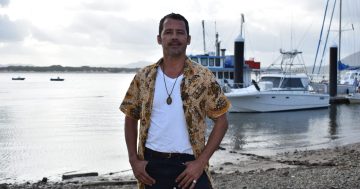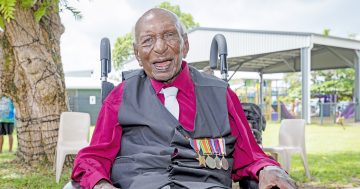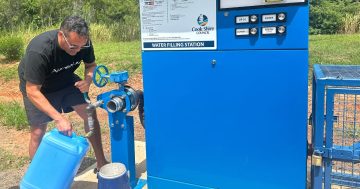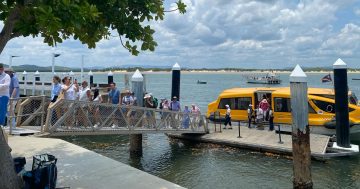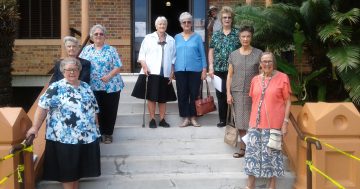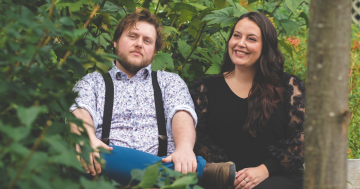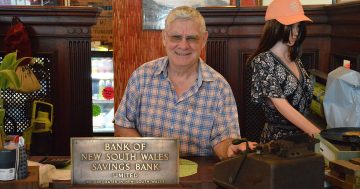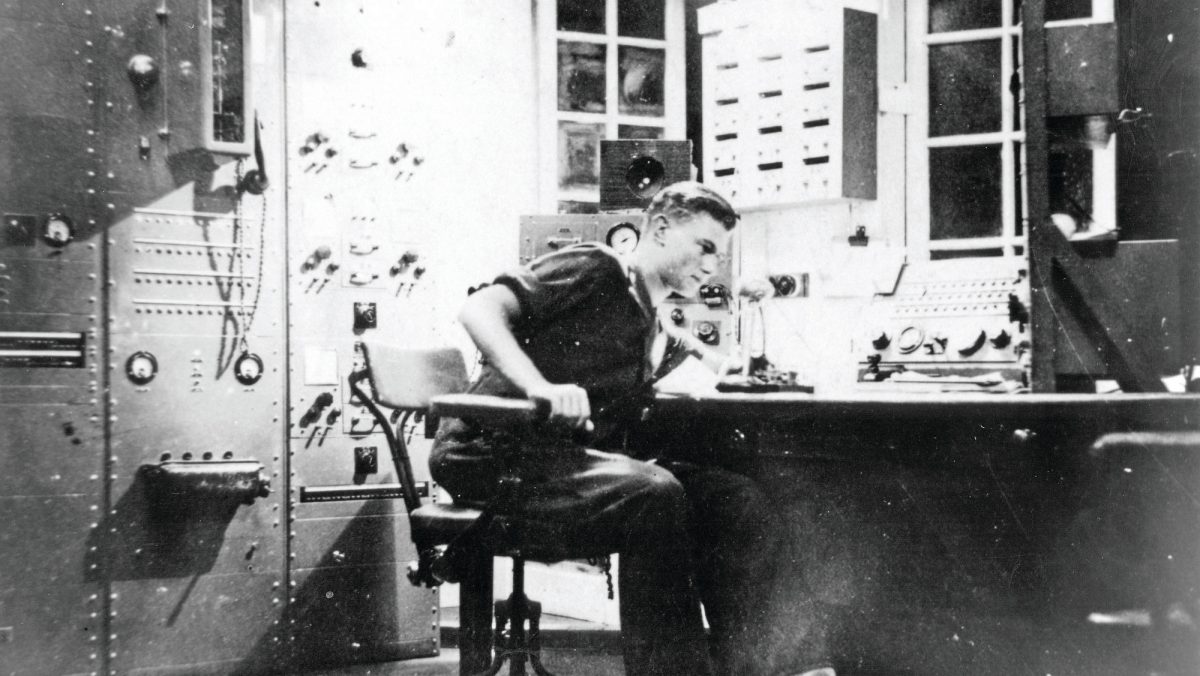
RAAF operator Kelvin Staples manning the Cooktown Air Radio station in WWII.
FROM its gold mining heyday in the 1880s, with tens of thousands of people and hundreds of businesses filling the town, Cooktown had subsided to a small town of around 800 people when World War I was declared in 1914.
Around 180 local men enlisted from the Cooktown area for the war and 41 never returned home, paying the ultimate sacrifice while serving their country.
One of these soldiers was Private Harold Ambrose Lee, known as Sonny to his family, whose relatives still live in Cooktown.
He enlisted in the Imperial Forces on November 4, 1916, at the age of 23, sailing from Sydney aboard the Wiltshire in February 1917.
Sadly, Sonny suffered a gunshot wound on the frontline in France on August 28, 1918, and passed away three days later.
Despite a population of only several hundred when World War II broke out in 1939, 58 men enlisted from Cooktown and the town itself played a big role in the war effort. Personnel from more than 25 army units were stationed in town, including the Royal Australian Airforce 7, 12 and 13th Squadron, the Australian Army 51st Battalion and several US Army groups.
The now-popular lookout and tourist photo opportunity that is Grassy Hill was tightly guarded during the war, as Cooktown’s radio capabilities played an important role in the war effort.
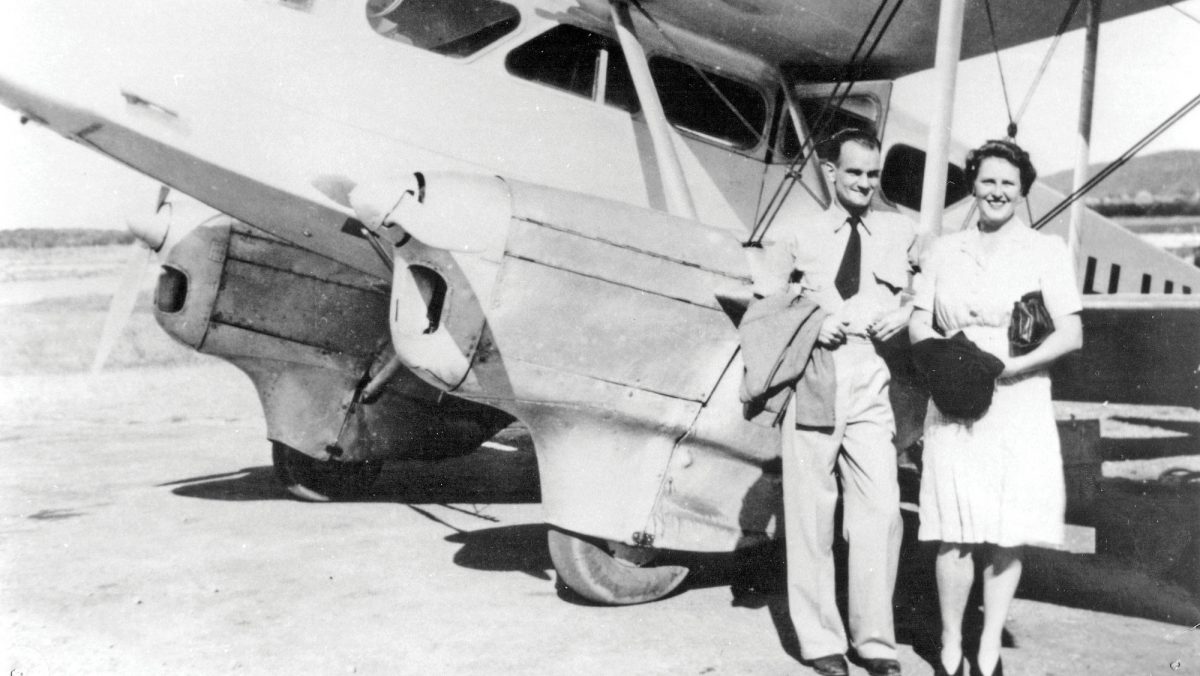
Jow Williams and his wife with the DeHaviland mail plane at the Cooktown Civil Drome in 1944.
At the time, the hill was home to a maritime radio station, the lighthouse which still stands today, and a RAAF radar station that was disguised from enemy planes to look like the lighthouse keeper’s cottage.
The influx of armed forces personnel was a huge change for the town, which at the time had no reliable road access south, no electricity and no telephone lines to the outside world.
The convent – now known as the Cooktown Museum – and school were taken over by the armed services with 300 troops from the US Coastal Artillery alone stationed in town during the conflict.
Accommodation was tight, with troops even taking up residence in an unused railway carriage.
When Australia officially declared war on Japan in December 1941, the war effort in Cooktown kicked up another notch as what had been a conflict in Europe was now suddenly much closer to home.
Cooktown’s convent boarding school, which by that stage had only 13 pupils, closed permanently in 1942, and many residents and businesses left town for fear of a Japanese invasion.
Local Aboriginal people were evacuated and much-loved German pastor Georg Schwarz was interned as a suspected enemy sympathiser.
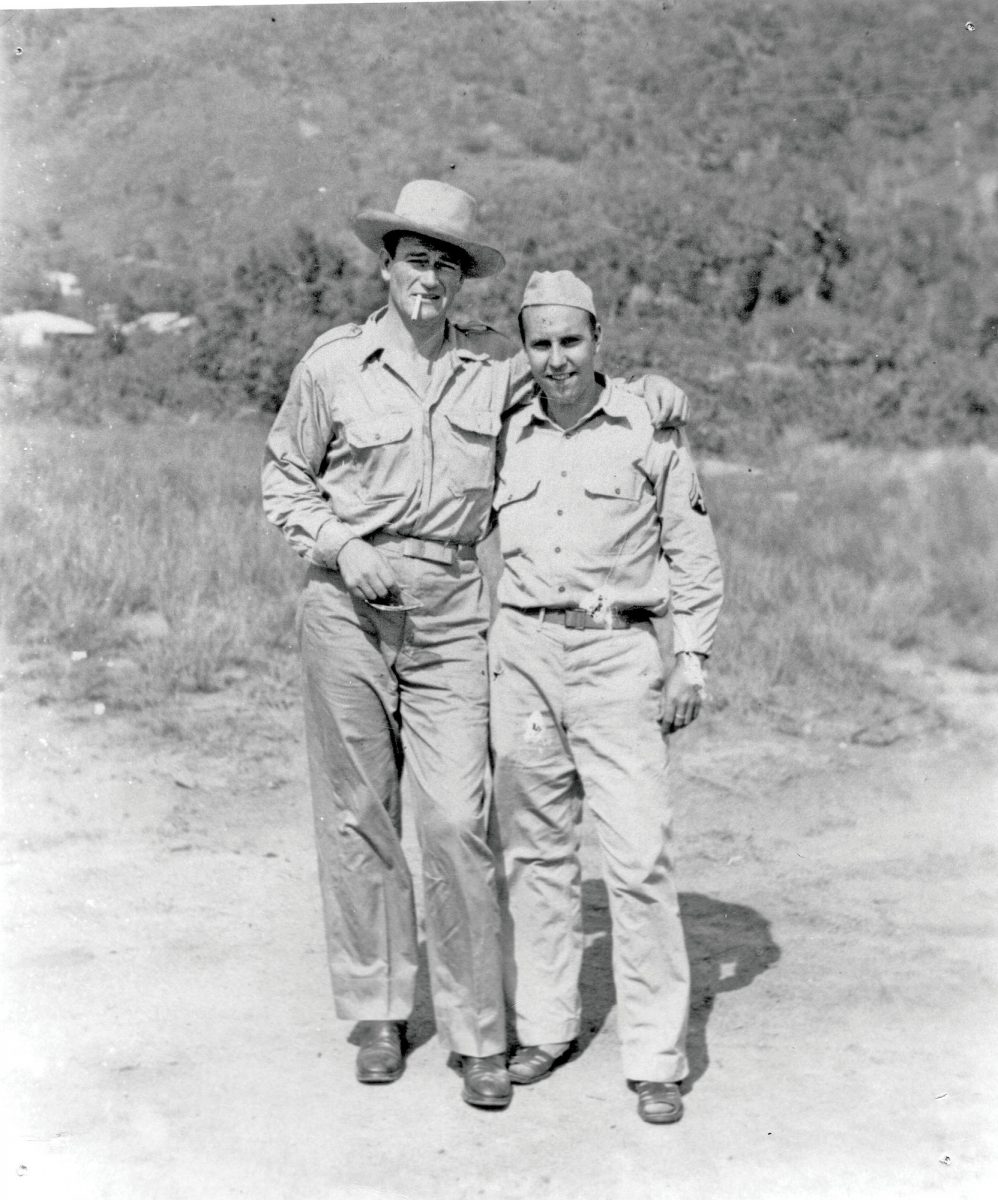
Actor John Wayne with US Army Lieutenant Young Sloan.
Most were taken to Woorabinda and did not return home until the late 1940s.
Despite the worries of war, lack of accommodation and remoteness, it wasn’t all work and no play for troops stationed in Cooktown, and the few remaining residents and civilian workers.
Even famous American movie star John Wayne made a flying stop in town when the plane carrying him on a tour landed for urgent repairs.
The actor reportedly spent a good part of the day touring the area with US Army Air Corps Lieutenant Young T Sloan.
There were Friday night dances at the Shire Hall, which still stands on Helen Street today, and the arrival of the weekly boat from Cairns carrying beer was an event in itself.
Similar to today, pig hunting, beach combing, swimming and fishing were also popular pastimes, with soldiers lining the Cooktown wharf with their rods during down time.
Cape York Weekly would like to thank the Cooktown Historical Society for its support in researching this article.



